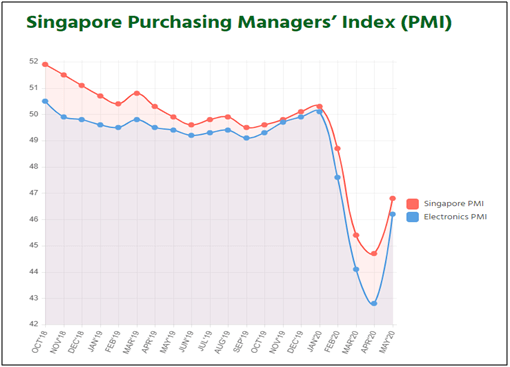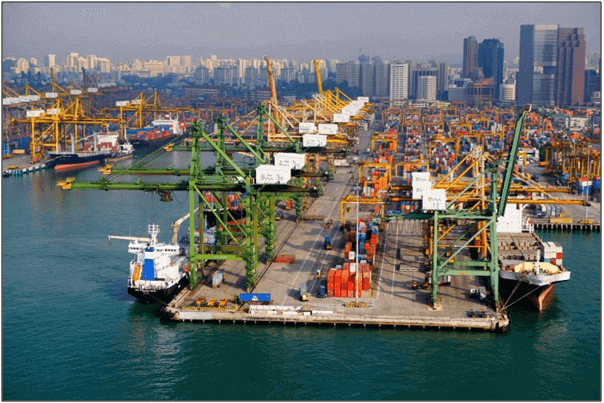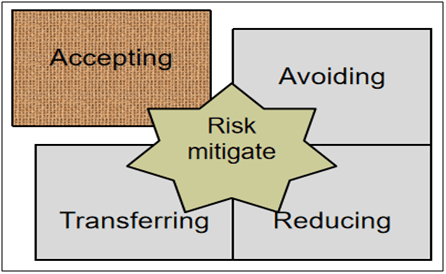Businesses dependent on global sourcing are facing hard choices in during period of pandemic such as the current Covid-19 situations with the supply chain disruptions. But in planning to mitigate the risks of similar disruptions in future, they confront many question that have no easy answers: How can risks relating to global sourcing be mitigated in a pandemic? Should companies broaden their supplier choices through more intensive global sourcing, or do more local or near-shore sourcing?
Table of Contents
The Need for Global Sourcing
Global sourcing involves setting up production operations in different geographical location to serve various markets such as buying and assembling components or finished. products world-wide. Due to globalizing and technological advancement, the benefits of global sourcing to cut down cost and boost profits is a strategy widely practiced by companies around the world. However, the game of global sourcing changed dramatically during a pandemic.

Supply Chain Disruption in a Pandemic
A pandemic may be a global outbreak of a disease. Many cities or country locks right down to curb the spread of Pandemic and to guard lives. the best impact caused by an epidemic to provide chain may be a Global Lockdown. When a city or country lockdown, people’s movement are restricted to home. Travel is restricted to a particular countries, limiting the power to get, qualify and certify new business or programs and to transact business. Established hubs and provide networks may experience limitations in capacity and availability even materials are available. Finding alternative routes and means of transportation will become difficult and this leads to long lead times for product delivery.

This inevitably disrupt the entire supply chain like supply shortages of materials or finished goods coming from or routed through logistical hubs in impacted areas. because the shortages worsen before they get resolved, prices of the many products increased as corporation not maintains full control over the value related to production. within the same time, constrained supplies could cause declines in demand, which successively may find yourself weakening prices. All this may ultimately affect the graceful completion and delivery of projects also as profits of the corporate.
There are basically four types of risk mitigating strategy for global sourcing in a pandemic. These strategies are Accepting, Avoiding, Transferring and Reducing. This article discusses the most suitable strategy during a pandemic outbreak.

Accepting Risk for Mitigation
With some risks, the expenses involved in mitigating the risk is more than the cost of tolerating the risk. When the risk is at an acceptable level, sufficiently low estimated field failure rate, then accept the risk. Importance of accessing the risk, because a failed estimation of risk is disastrous for project. If there is high consequence on failures, establishing early warning systems may be prudent.

During a pandemic situation, with the sudden disruption of supply chain due to shortages of raw materials, long lead time in delivery, companies have to weigh the risk of a failed project based on estimated supply recovery time, contractual agreements etc. If the risk is within estimated tolerance, companies can consider accepting some of these risk through re-negotiation on project delivery time, moving production from one supplier to another etc.
Avoiding Risk for Mitigation
Risks should be avoided that involve a high probability impact for both loss and damage. Exit the business, cancel the project, close the factory, etc are some strategies that companies can take employing the Avoid strategy.
Establish policies and procedures that assist the organization to foresee and avoid high-risk situations is important for companies to curb further losses.
In a pandemic situation, some companies may employ the Avoidance Strategy to curb further losses in production by cancelling projects, close factory etc. This is especially if the pandemic disrupts supply for a long period. Companies will occur overhead cost such as manpower, rental cost and if supply disruptions is long and indefinite, it would be wise for company to close down the business or cancel the project to avoid further losses. It should be noted that avoidance strategy should only be used as the last resort as it means that company will incur losses. This is so especially during a pandemic which results in sudden disruption to supply chain.
Transferring Risk for Mitigation
One should transfer risks which will have a coffee probability for happening but would have an outsized financial impact. this suggests that companies shifting the burden of the danger consequence to a different party. a number of the strategies for Transfer include, purchase of insurance. Contract terms with suppliers, vendors, contractors, etc may provide a way to shift risk faraway from organization.
As a pandemic is a crisis that is sudden in nature, no one can actually predict its occurrence. Most companies will not spend millions of dollars buying insurance to guard against pandemic. However having said that, companies can still transfer the risk through purchase of insurance for late delivery due to any circumstances, or contract penalty terms with supplier on failure to deliver goods on time. This will more or less help to alleviate some of the project cost in the event of a sudden supply disruption.
Reducing Risk for Mitigation
Most common mitigation strategy is risk reduction. Risk limitation employs some risk acceptance and risk avoidance. To reduce risk is to diversify. The combination of products, technologies, operations and supply chains allow the team ability to limit high-risk opportunities to a manageable or acceptable level.
The full content is only visible to SIPMM members
Already a member? Please Login to continue reading.
References
Anant Mishra. (2020).“Lessons from the Ongoing Pandemic: Strategic Sourcing in a Changed World”. Retrieved from https://carlsonschool.umn.edu/news/lessons-ongoing-pandemic-strategic-sourcing-changed-world, accessed 19/06/2020.
Elsa Zhang Chunhao, DPSM.(2019). “Mitigating the Risks of Global Sourcing”. Retrieved from SIPMM:https://publication.sipmm.edu.sg/mitigating-risks-global-sourcing, accessed 19/06/2020.
Lee Huan Peng, DLM.(2017). “Mitigating Key Supply Chain Risks and Disruptions”. Retrieved from SIPMM: https://publication.sipmm.edu.sg/mitigating-key-supply-chain-risks-and-disruptions, accessed 19/06/2020.
Nicole Chevrier. (2018). “5 ways to minimize the Risks of Global Sourcing”.
Retrieved from http://www.tradeready.ca/2018/fittskills-refresher/5-ways-minimize-risks-global-sourcing, accessed 19/06/2020.
Sarah Hippold. (2020). “Coronavirus: How to secure your Supply Chain”. Retrieved from https://www.gartner.com/smarterwithgartner/coronavirus-how-to-secure-your-supply-chain, accessed 19/06/2020.
Trisha Torrey.(2020). “Difference between an Epidemicanda Pandemic”. Retrieved from https://www.verywellhealth.com/difference-between-epidemic-and-pandemic-2615168, accessed 19/06/2020.

